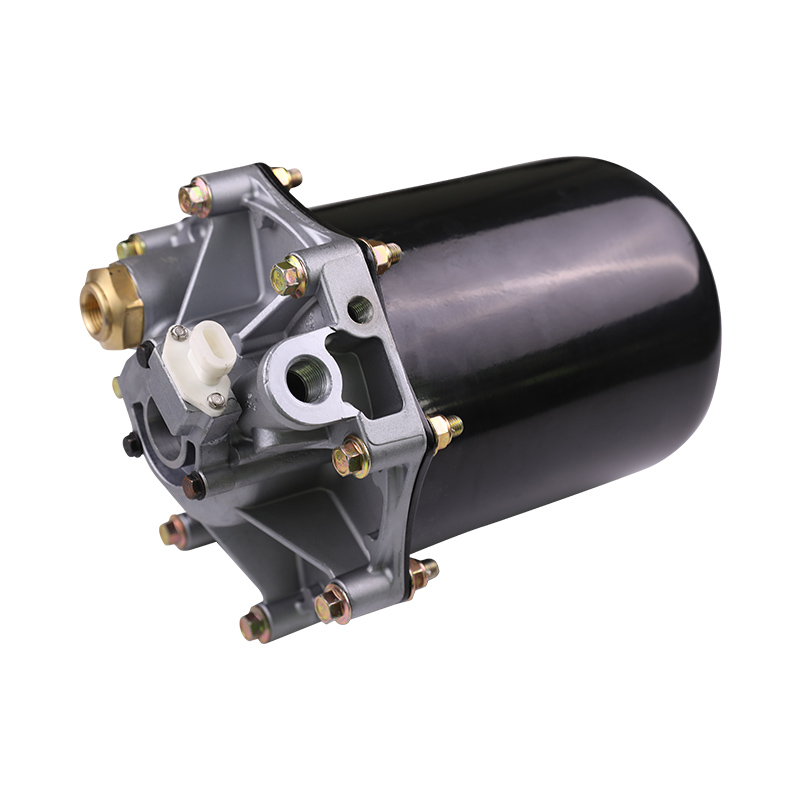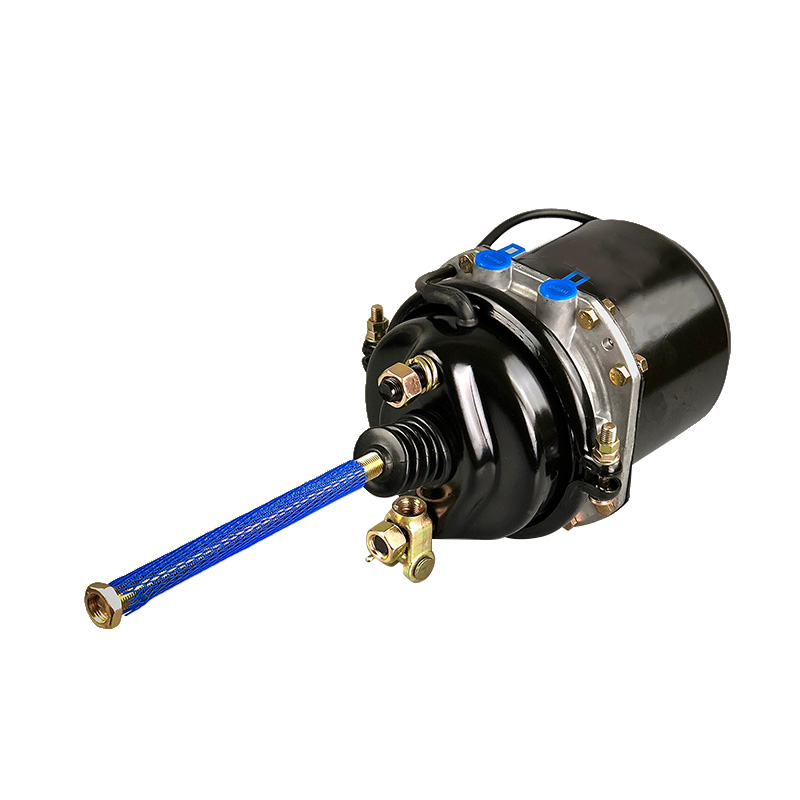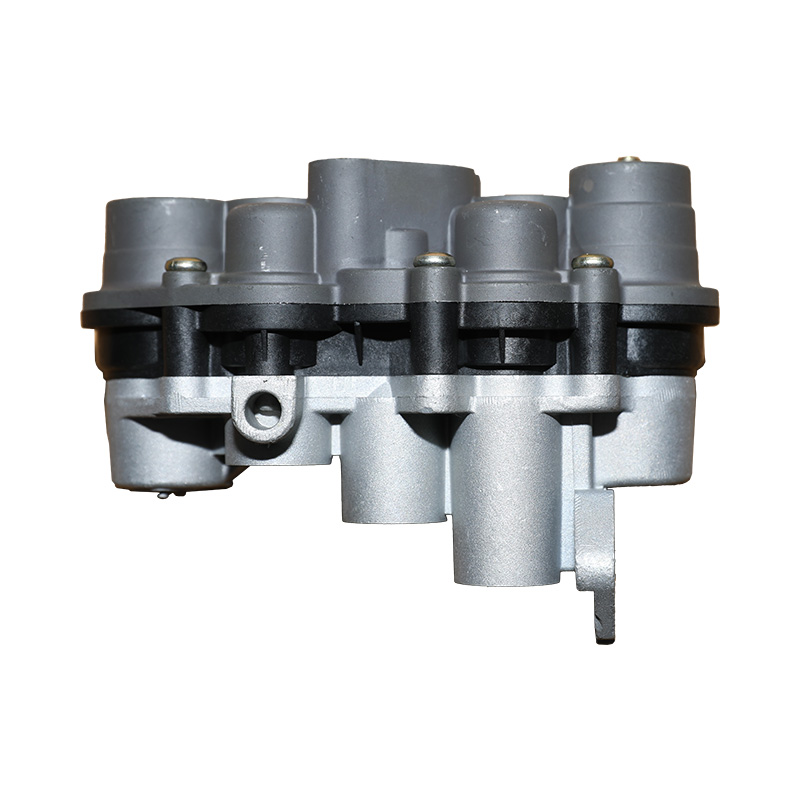Temperature is one of the important factors affecting the performance of the foot brake valve. Too high or too low temperature may have a negative impact on the sealing material and overall structure of the foot brake valve. In a high temperature environment, the sealing material inside the foot brake valve may deform due to thermal expansion, resulting in a decrease in sealing performance or even leakage. In addition, high temperature will accelerate the aging process of the material and significantly shorten the service life of the foot brake valve. Relatively speaking, in a low temperature environment, the sealing material may become fragile due to cold shrinkage, reducing its tear resistance and wear resistance, thereby affecting the sealing effect. Temperature changes may also affect the performance of the lubricating oil inside the foot brake valve, resulting in poor lubrication, increased friction and wear.
The impact of humidity on the foot brake valve is mainly reflected in corrosion and rust. In a high humidity environment, the metal parts of the foot brake valve are susceptible to electrochemical corrosion, resulting in rust spots and corrosion pits on the surface. These corrosion products will not only destroy the mechanical properties of the material, but also become a potential source of leakage. In addition, a high humidity environment may also promote the growth of mold and microorganisms, and the acidic substances produced by these microorganisms during metabolism will further accelerate corrosion. Therefore, special anti-corrosion measures should be taken for foot brake valves used in high humidity environments, such as coating with anti-corrosion coating or using stainless steel materials, to ensure their long-term stability.
The erosion of foot brake valves by corrosive media should not be ignored. During the driving of the car, the foot brake valve may be exposed to a variety of corrosive media, such as acid rain, salt water and oil pollution. These media will corrode the protective layer on the surface of the foot brake valve, resulting in a decrease in material performance. Especially in areas with marine climate or severe industrial pollution, the erosion of the foot brake valve by corrosive media is more serious. Therefore, for these specific environments, materials with excellent corrosion resistance, such as stainless steel or titanium alloy, should be selected to ensure the long-term stable operation of the foot brake valve.
Vibration is also a key factor affecting the performance of the foot brake valve. During the driving of the car, the foot brake valve will be subjected to vibration shocks from the road surface, engine and transmission system. These vibrations may cause the internal components of the foot brake valve to loosen, wear or even break, thereby affecting its sealing performance and braking effect. Especially under harsh road conditions or high-speed driving conditions, the impact of vibration on the foot brake valve is more significant. Therefore, when designing the foot brake valve, its vibration resistance performance must be fully considered, and reasonable structural design and material selection must be adopted to improve its vibration resistance and service life.






